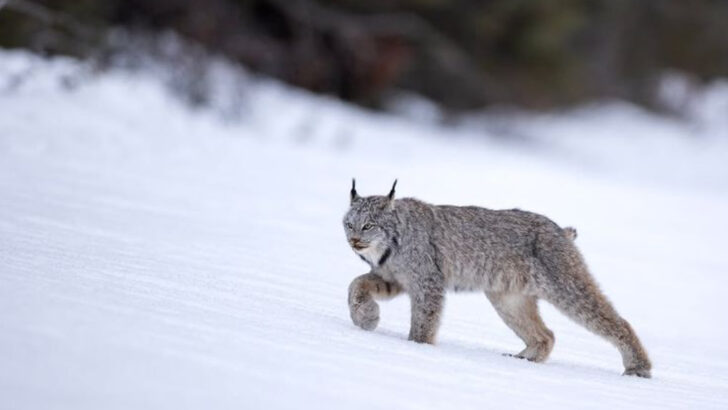British Columbia is a wild paradise, where nature reigns supreme and every corner is filled with creatures that seem straight out of a storybook. From towering peaks to dense forests, this stunning region is home to some of the most fascinating animals in Canada.
Imagine a majestic grizzly bear wading through rivers or an elusive cougar silently slipping through the trees. These animals are more than just part of the landscape—they embody the untamed spirit of British Columbia.
In this post, we’ll introduce you to 20 incredible creatures that roam this rugged land. Whether you’re a seasoned adventurer or simply a curious soul, these animals will leave you in awe of British Columbia’s raw, natural beauty. Ready to meet the wildlife that calls this wild paradise home?
Grizzly Bear
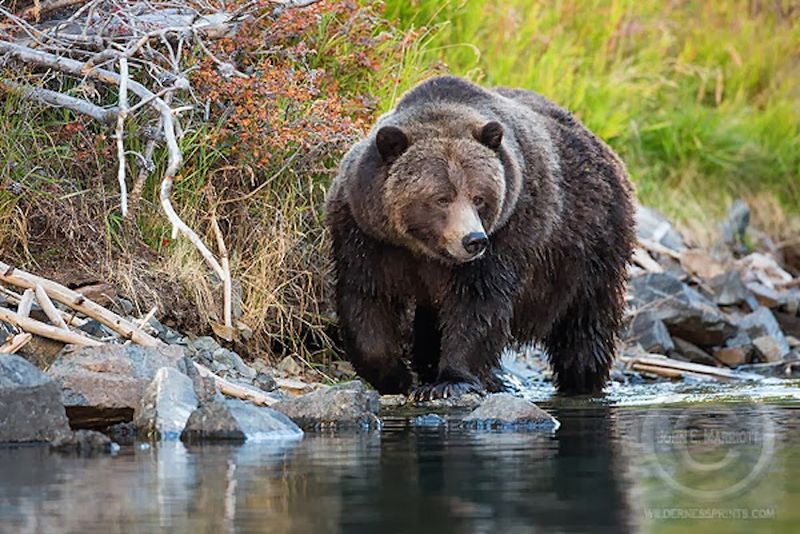
The grizzly bear is a true icon of the wilderness. With its massive size and distinctive hump, it commands respect and awe. Grizzlies roam the forests and mountains of British Columbia, often seen fishing for salmon in rivers. Their powerful presence is matched by their surprising agility.
Despite their size, grizzlies are skilled at climbing trees and swimming. Watching a grizzly in its natural habitat is a breathtaking experience. However, it’s important to keep a respectful distance, as they are unpredictable creatures.
Did you know? Grizzlies can run up to 35 miles per hour!
Bald Eagle
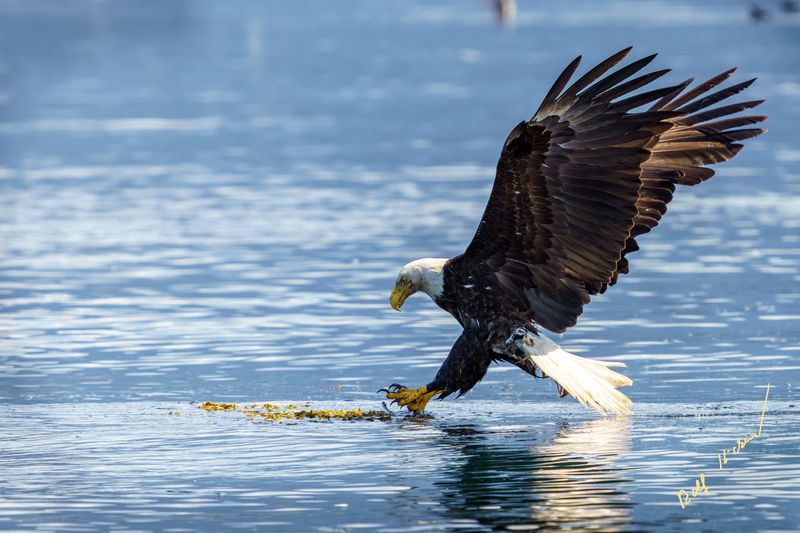
With a wingspan that can reach up to 7 feet, the bald eagle is a majestic sight soaring over British Columbia’s waters. Their keen eyes can spot fish from great heights, making them expert hunters.
These regal birds often build their nests high in the trees, providing a panoramic view of their surroundings. Watching a bald eagle dive for its prey is a powerful reminder of nature’s raw power.
Interestingly, bald eagles mate for life, returning to the same nest each year to raise their young. Their enduring partnerships are as impressive as their aerial displays.
Cougar

Silent and elusive, the cougar is a master of stealth. With a muscular build and tawny coat, these big cats are adapted to the rugged terrain of British Columbia.
Cougars are solitary animals, often hunting at dawn or dusk. Their ability to silently stalk prey is unparalleled, making them one of the top predators in the region.
While encounters are rare, the presence of cougars is felt throughout the forests. Their stealthy nature and remarkable hunting skills are a testament to their role as apex predators.
Orca
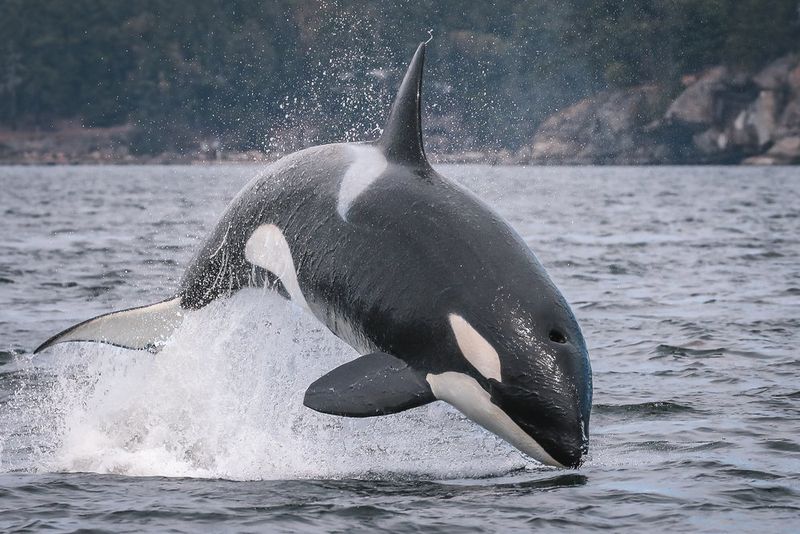
Known as the wolves of the sea, orcas are captivating marine mammals. Their social structure is complex, with pods often staying together for life. Off the coast of British Columbia, they can be seen breaching and playing in the ocean.
Orcas are apex predators, hunting in coordinated groups. Watching them in action is a thrilling experience, as they showcase intelligence and teamwork.
Did you know? Each orca pod has its own unique dialect, used to communicate within the group. Their vocalizations add another layer to their fascinating behavior.
Moose
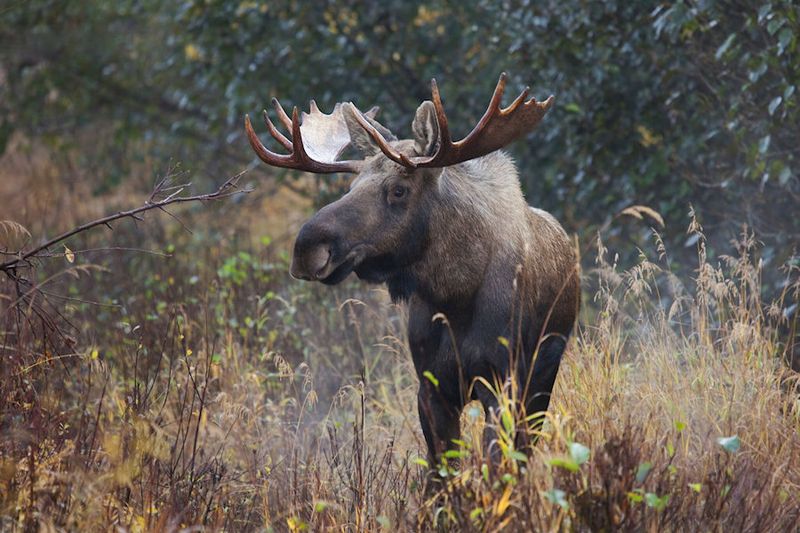
With its towering stature and impressive antlers, the moose is a symbol of the Canadian wilderness. These gentle giants are often found in the forests and wetlands of British Columbia.
Moose are solitary animals, spending much of their time grazing on aquatic vegetation. Their long legs and large hooves are perfectly adapted for traversing tough terrain.
Despite their size, moose are surprisingly quiet. Their presence is usually betrayed by the rustling of leaves as they move through the forest. Observing a moose in the wild is a peaceful and awe-inspiring sight.
Great Blue Heron
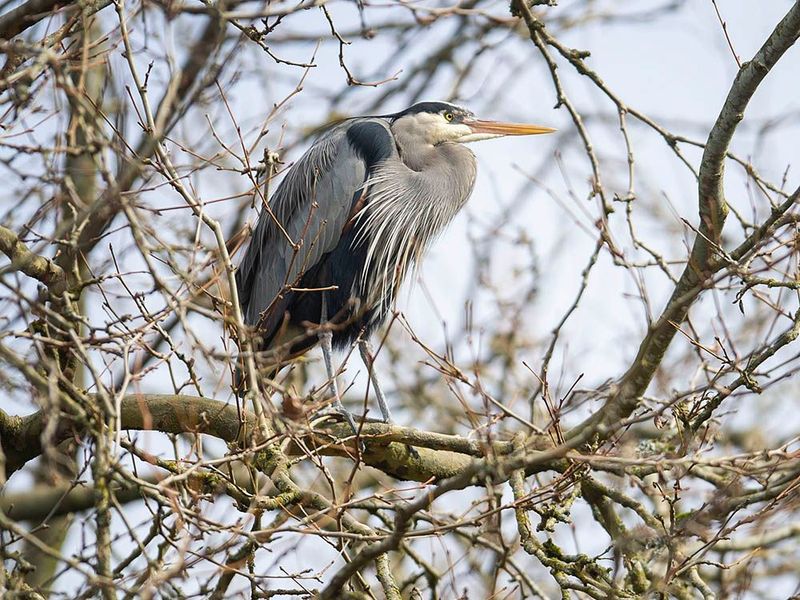
Elegant and poised, the great blue heron is a common sight along British Columbia’s coasts and wetlands. With its long legs and neck, it moves gracefully through water, hunting for fish and amphibians.
These birds are solitary hunters, often standing still for long periods, waiting for the perfect moment to strike. Their patience and precision are remarkable.
The great blue heron’s majestic appearance is complemented by its deep, croaking call—the soundtrack of many serene, coastal landscapes. Witnessing one in action is a true testament to the beauty of nature’s design.
Grey Wolf

The grey wolf, with its haunting howl, is a symbol of wilderness and freedom. These social animals are known for their strong pack dynamics, often moving through British Columbia’s forests in search of prey.
Their intelligence and cooperation during hunts are impressive, allowing them to take down animals much larger than themselves. Wolves are crucial to maintaining the ecological balance, controlling herbivore populations.
Encountering a wolf in the wild is a rare and unforgettable experience. Their presence is both humbling and awe-inspiring, a true testament to nature’s raw power and beauty.
Black Bear
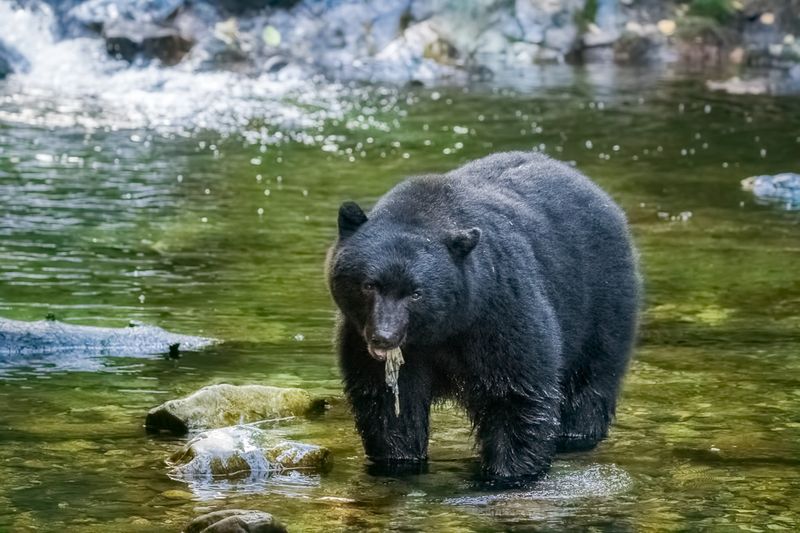
Black bears, with their glossy coats, are a familiar sight in British Columbia’s forests. Unlike their grizzly counterparts, black bears are often more curious and less aggressive.
These adaptable creatures are opportunistic feeders, consuming a diverse diet ranging from berries to fish. Their ability to thrive in various environments showcases their resilience.
Observing a black bear, especially a playful cub, is a delightful experience. Their inquisitive nature and gentle demeanor make them a favorite among wildlife enthusiasts visiting the region.
Humpback Whale
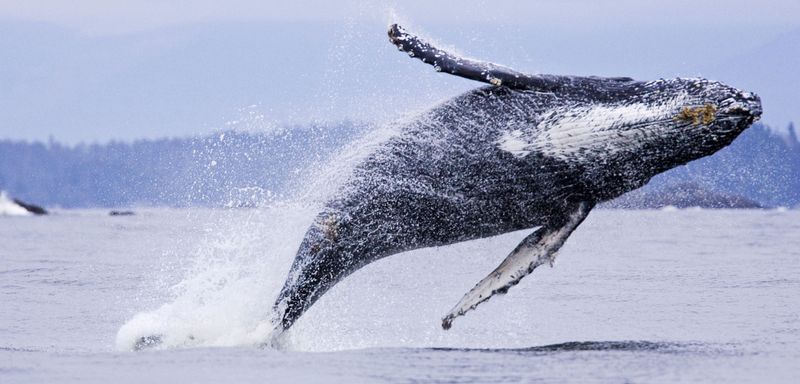
The sight of a humpback whale breaching is nothing short of spectacular. These giants of the ocean migrate to British Columbia’s coastal waters during the summer months, offering a breathtaking display.
Humpbacks are known for their acrobatic leaps and haunting songs. Their complex vocalizations are not only beautiful but also serve to communicate with other whales across vast distances.
Watching these gentle giants is a humbling experience. Their presence reminds us of the vastness of the ocean and the incredible diversity of life it supports.
Mountain Goat
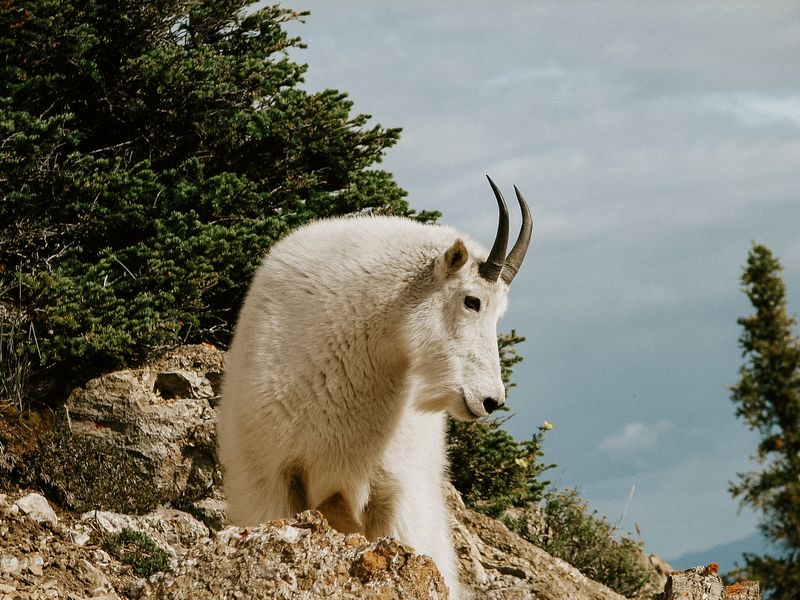
High in the Canadian Rockies, the mountain goat makes its home. Known for their sure-footedness, these hardy creatures navigate steep cliffs with ease, a sight that leaves many in awe.
Their thick white coats provide insulation from the cold, while their strong hooves allow for remarkable grip on rocky surfaces. Watching a mountain goat ascend a seemingly impassable cliff is a testament to their agility.
Mountain goats are social animals, often seen in groups. Their ability to thrive in such harsh environments highlights their incredible adaptability and resilience.
Roosevelt Elk
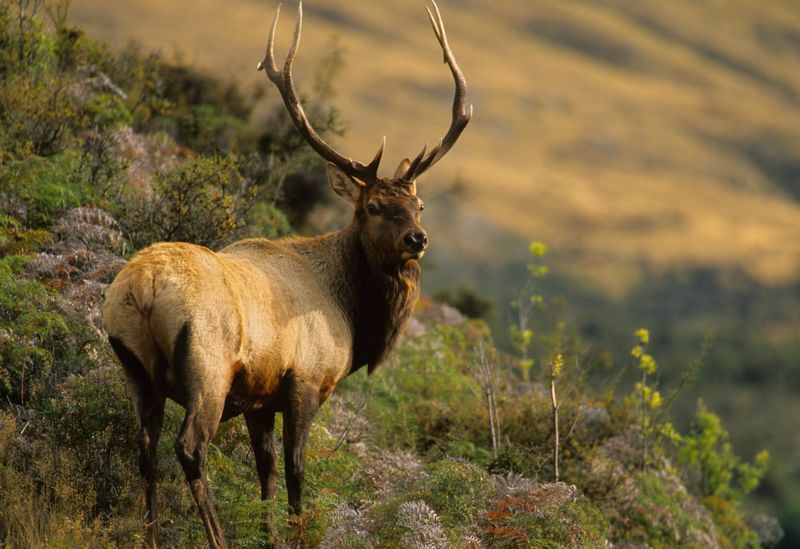
The Roosevelt elk, named after Theodore Roosevelt, is the largest subspecies of elk in North America. Found in the lush forests of British Columbia, these majestic animals are a sight to behold.
Their impressive antlers and strong social bonds make them fascinating creatures. Elk are known for their bugling calls during the rut, a haunting sound echoing through the forests.
Observing a herd of Roosevelt elk is a glimpse into the complex social dynamics of wildlife. Their presence enriches the biodiversity of the region, contributing to the ecological balance.
Sea Otter

Sea otters, with their playful antics, are a delightful sight along British Columbia’s coast. These marine mammals use tools, such as rocks, to crack open shellfish—a behavior that showcases their intelligence.
Otters play a crucial role in maintaining the health of kelp forests by controlling sea urchin populations. Their thick fur is the densest in the animal kingdom, providing insulation from the cold water.
Watching a sea otter at play is a heartwarming experience. Their lively behavior and endearing appearance make them a favorite among wildlife watchers.
Lynx
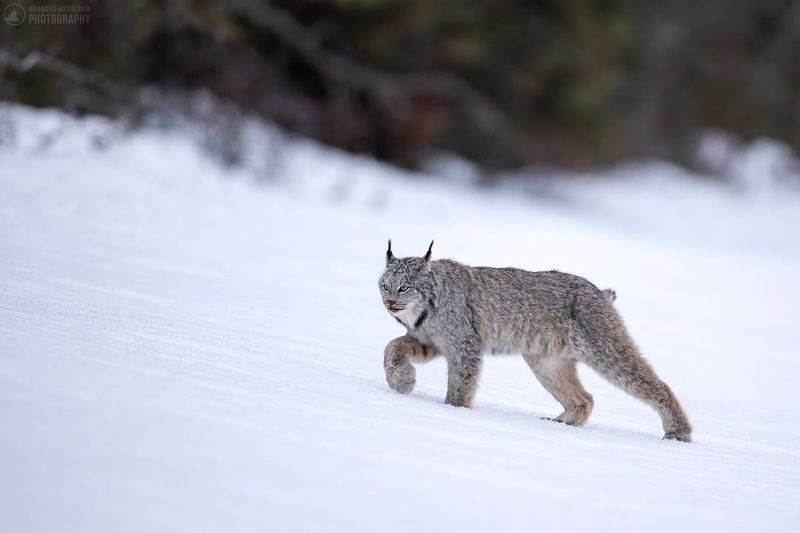
The lynx, with its tufted ears and keen eyesight, is a master of the northern forests. These solitary cats are elusive, often moving silently through the snowy landscapes of British Columbia.
Lynx primarily hunt snowshoe hares, using their large paws to move effortlessly over deep snow. Their ability to blend into the environment is remarkable.
Spotting a lynx is a rare treat for wildlife enthusiasts. Their mysterious nature and solitary lifestyle make them a symbol of the untamed wilderness of British Columbia.
Salmon
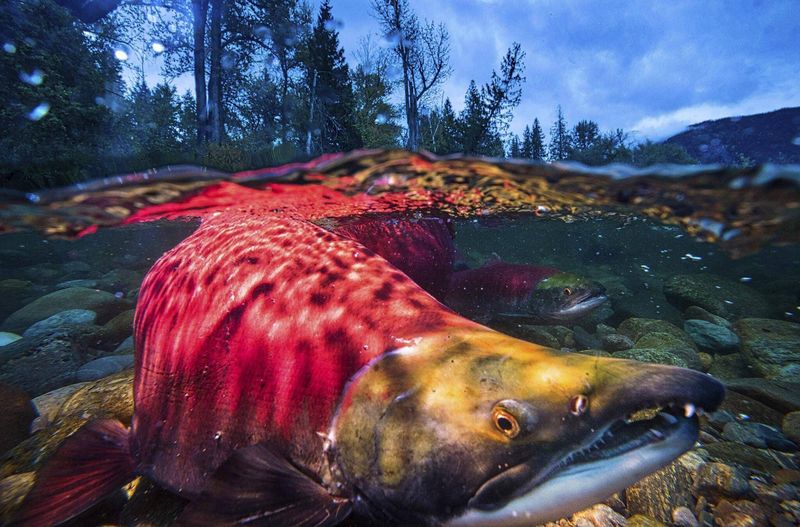
Salmon are the lifeblood of British Columbia’s ecosystems. Every year, they undertake a remarkable migration, returning to their birth rivers to spawn.
This journey is fraught with challenges, from navigating treacherous waters to avoiding predators like bears and eagles. The sight of salmon leaping upstream is both inspiring and vital to the region’s wildlife.
As a keystone species, their presence supports a wide array of animals. The annual salmon run is not only a natural spectacle but an essential ecological event in British Columbia.
Raccoon

Raccoons, with their masked faces and dexterous paws, are both mischievous and endearing. Often found in urban areas, they have adapted well to human presence in British Columbia.
These nocturnal creatures are known for their curiosity and intelligence, often seen exploring their surroundings or scavenging for food. Their adaptability makes them successful survivors.
Watching a raccoon in action is entertaining. Their playful nature and problem-solving abilities are a reminder of the cleverness found in the animal kingdom.
Steller’s Jay

The Steller’s jay, with its striking blue plumage and bold personality, is a charismatic bird found in British Columbia. Known for their loud calls and curious nature, these birds are often seen in forests.
Jays are intelligent and resourceful, often mimicking the calls of other birds or investigating human activity. Their vibrant colors and lively behavior make them a favorite among birdwatchers.
Their presence adds a splash of color to the forest, and their antics are a joy to observe. The Steller’s jay is truly a gem of British Columbia’s avian life.
Marmot
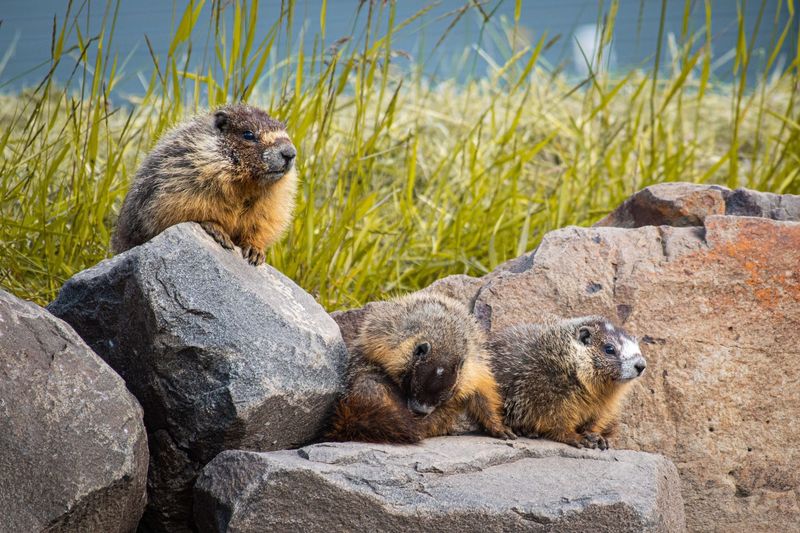
The Vancouver Island marmot is an endearing rodent found only in British Columbia. With its chubby body and inquisitive nature, this marmot is a symbol of conservation efforts.
These social animals live in colonies, often seen basking in the sun or foraging for food. Their whistles serve as an alarm system, alerting the group to potential danger.
The marmot’s survival story is an inspiring example of successful conservation. Efforts to protect their habitat and increase their population have shown positive results, highlighting the importance of preserving wildlife.
Peregrine Falcon
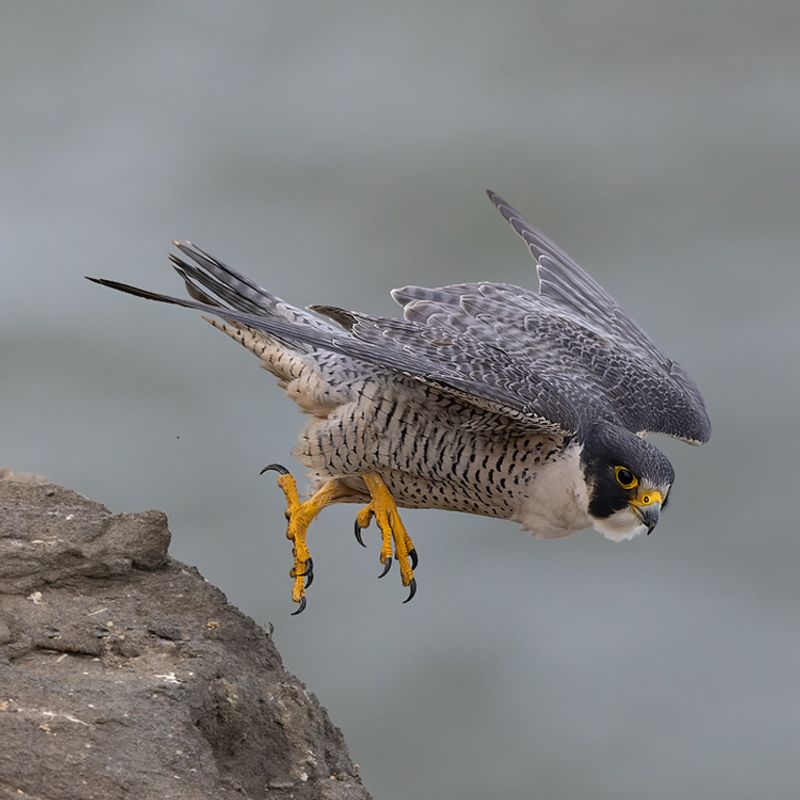
The peregrine falcon, renowned for its speed, is a master of the skies. Found across British Columbia, these birds are known for their incredible hunting technique—diving at speeds over 200 mph.
Their keen eyesight and agility make them superb predators, often seen swooping down on unsuspecting prey. Watching a peregrine in action is a testament to the raw power of nature.
Conservation efforts have helped increase their numbers after a decline due to pesticide use. Their comeback is a success story, showcasing the resilience of nature when given a chance.
Harbour Seal
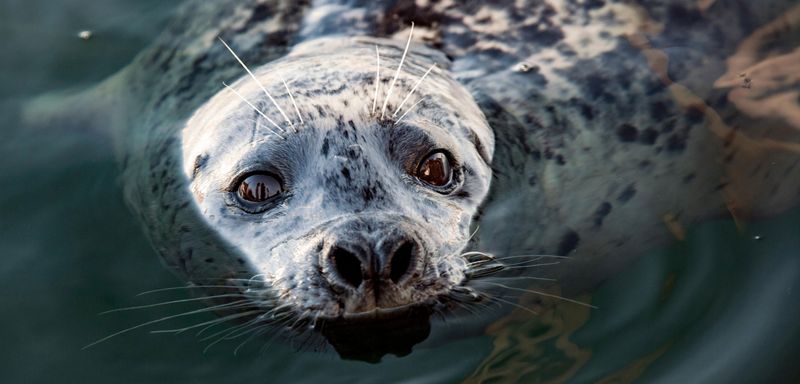
Harbour seals, with their expressive eyes and sleek bodies, are a common sight along British Columbia’s coastlines. These curious marine mammals are often seen lounging on rocks or swimming gracefully in the water.
Seals play an important role in the marine ecosystem, serving as both predator and prey. Their playful behavior and inquisitive nature make them a favorite among visitors.
Observing a group of seals is a delightful experience, offering a glimpse into the dynamic life of the coastal waters. Their presence adds to the charm and biodiversity of the region.
Northern Pygmy Owl
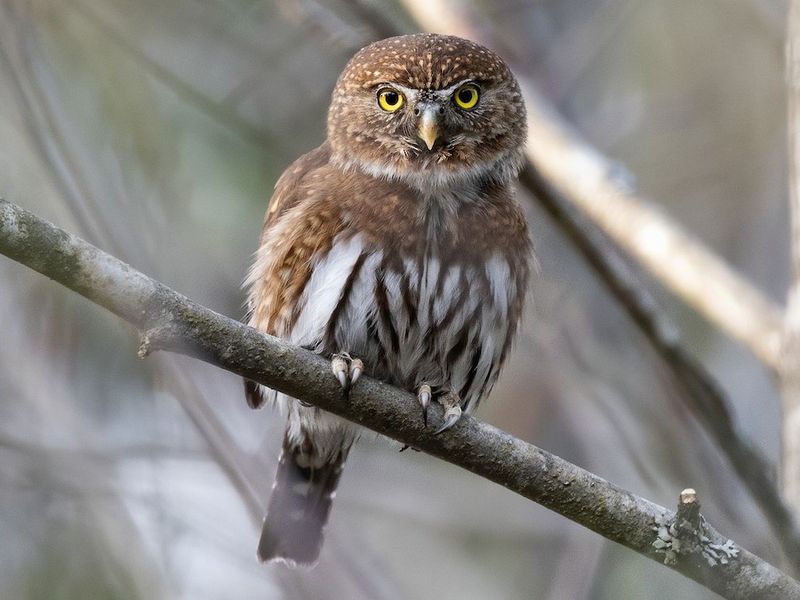
With eyes that seem to pierce right through the soul, the Northern Pygmy Owl is a mighty predator wrapped in a petite package. Found in the forests of British Columbia, this owl, though only about 16-18 cm tall, is known for its fierce hunting skills.
Perched silently, it waits for the perfect moment to swoop down on its prey, guided by acute senses. Its soft plumage allows for noiseless flight, a true marvel of nature’s design.
Here’s a quirky tidbit: Despite its small stature, the Northern Pygmy Owl can take down prey almost as large as itself, showcasing the wonders of adaptability and survival.

